Aldo Tura (Milan 1909-1963), Bar cabinet and ice bucket, 1950s.
Wood, brass and parchment. Measurements: H. cm.135
The cabinet, with a curious almost conical shape, is decorated with the design of a Venetian Gothic palace in brown tones and bright green shutters; the top culminates with a crenellated brass ornament reminiscent of medieval castles. With an eclectic and innovative design, inside it has three glass shelves and a mechanism that allows a lamp to be turned on whenever the cabinet is opened.
The ice bucket, also made of wood and parchment, features a skyline of the lagoon city.
BIOGRAPHY
Born in Milan in 1909, he then studied at the Brera Academy, where he developed a passion for design.
Tura began his career by hand-making tables, cabinets and lamps since the 1930s; In 1939 he founded his own furniture workshop in Lombardy, near Milan.
His mix of Art Deco and Art Nouveau styles with modern minimalist design pushed the boundaries of traditional craftsmanship. Following the Art Deco movement, which focused on straight lines and angles, Tura's designs incorporated flowing lines and free-form forms. Tura's limited edition works are of high quality craftsmanship, some pieces having existed only as prototypes. In his designs, he used a wide range of unusual materials such as eggshells, parchment, goatskin and wood veneers. His objects, often in the colours red, green and yellow (more rarely in dark blue or purple), were occasionally fitted with wheels or caster feet and bronze or brass accessories. Bar furniture of various sizes and functions, from delicate trolleys to large stepped cabinets, formed the core of Tura's workshop's work. They were equipped with accessories such as ice buckets, decanters, humidors, ashtrays and cocktail shakers, most of which were covered in lacquered goatskin.
When many furniture manufacturers in the postwar period focused on mass production, Tura remained faithful to traditional craftsmanship. The intricate and complex forms he favored required labor-intensive processes that did not allow for mass production on an industrial scale. In the 1950s, Tura also produced hand-painted living room furniture with architectural motifs or Venetian landscapes.
In the 1950s and 1960s, Tura achieved international success, participating in exhibitions and fairs around the world; his works became highly sought after by design enthusiasts.
The Brooklyn Museum in New York is exhibiting some of Tura's works, which were originally part of the traveling exhibition Italy at Work: Her Renaissance in Design Today 1950-53.
The Tura company in Lazzate continues to produce furniture inspired by the style of the designer, who died in 1963.







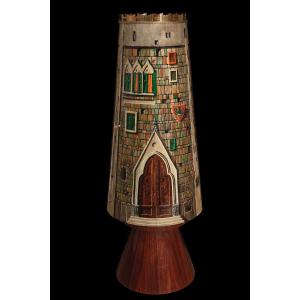







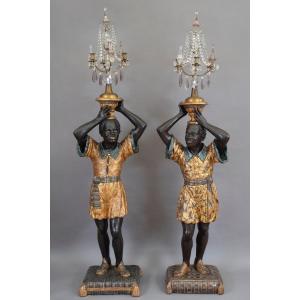






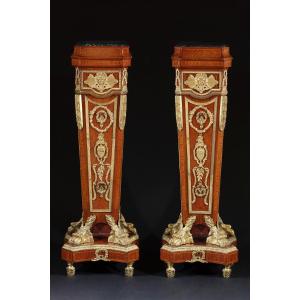

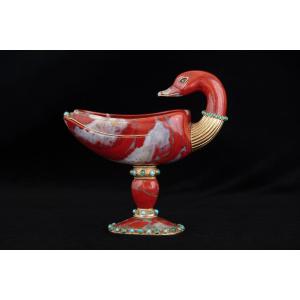



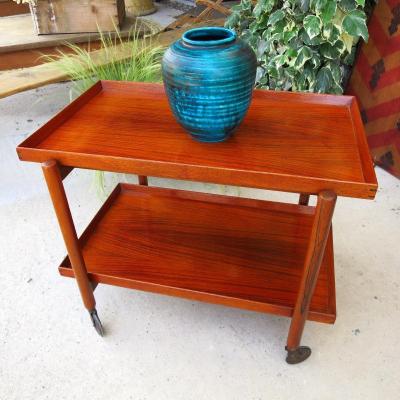

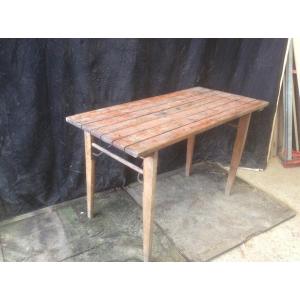





 Le Magazine de PROANTIC
Le Magazine de PROANTIC TRÉSORS Magazine
TRÉSORS Magazine Rivista Artiquariato
Rivista Artiquariato